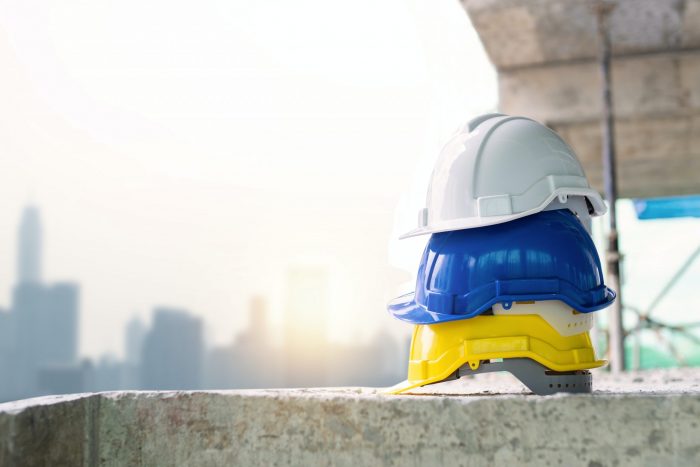
Head protection A 70-lb metal beam fell from the seventh storey of a condominium development and struck a worker on the head, face, and torso. The man was taken to hospital in serious condition but survived. Police credit the man’s hard hat with saving his life. Explain dangers A hard hat can protect you from […]
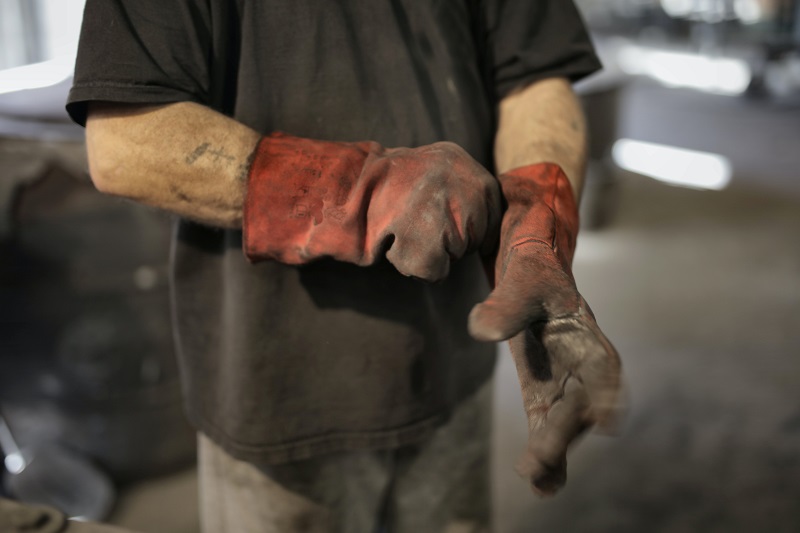
Hand protection Explain dangers The best tools we have are our hands. We need to protect them on the job. Manual work exposes our hands to many different hazards, from cuts to chemicals, from pinching to crushing, and from blisters to burns. Identify controls Leather gloves provide good protection against sharp edges, splinters, and heat. […]
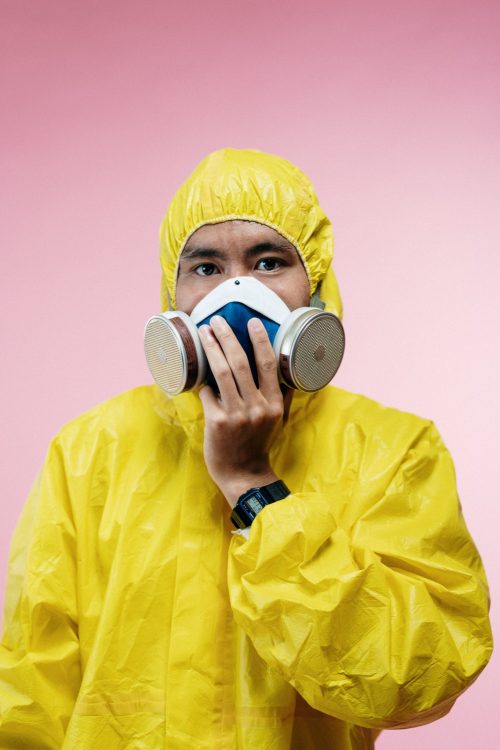
Respirators—Maintenance Explain dangers To provide protection, respirators must be properly maintained. Dirty, missing, or damaged parts can prevent your respirator from working properly. For instance, valves that are damaged, missing, or poorly seated can drastically reduce the protection provided by your respirator. There’s also a danger in sharing respirators—it’s not hygienic. Identify controls Particulate respirator […]
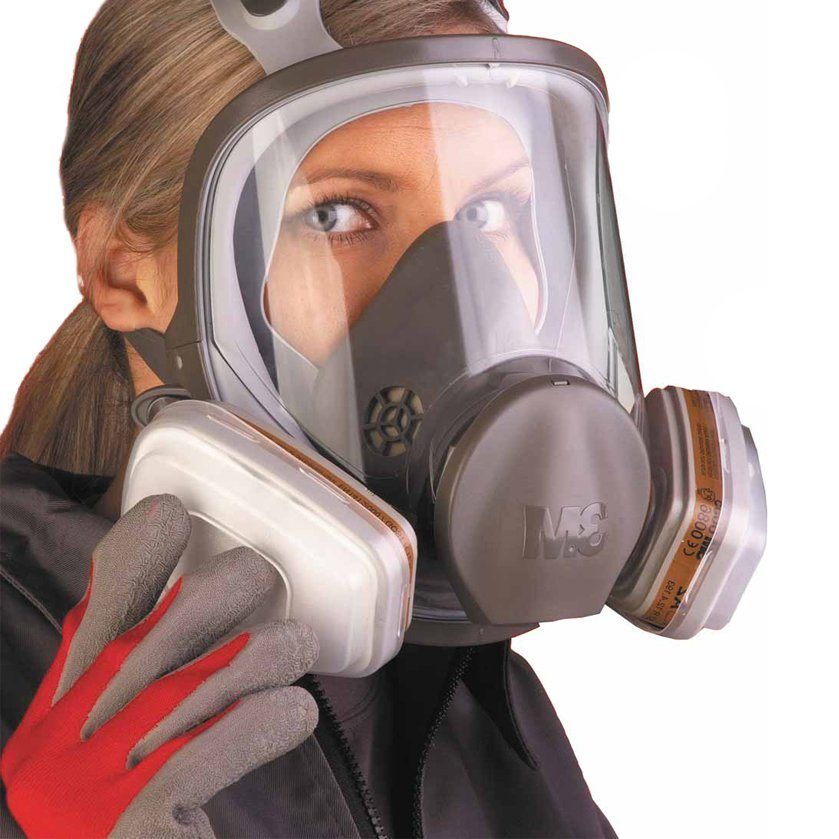
Respirators — Fit Explain dangers With respirators, one size doesn’t fit all. Even with three different sizes of facepieces, for instance, no one size from one manufacturer may fit you. A different brand may be necessary. If a respirator doesn’t fit right, it can’t protect you. Even when a respirator fits properly, it may get […]
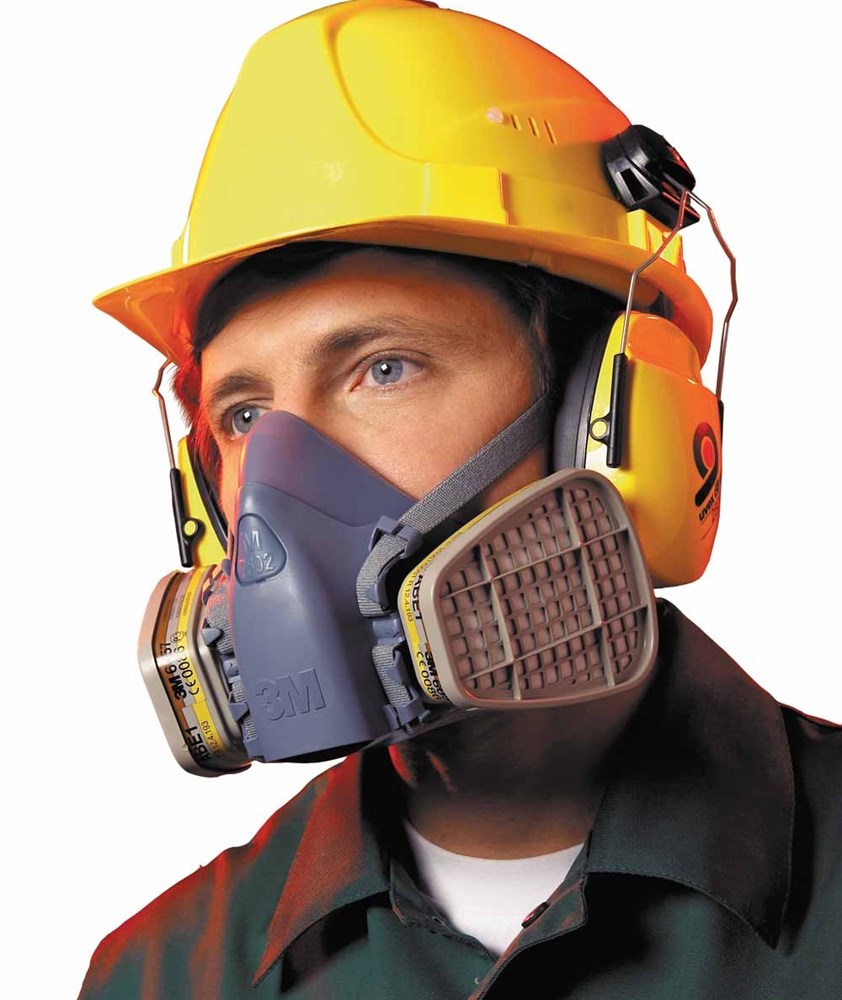
Respirators—Types Explain dangers Construction can involve airborne hazards—for instance, mist from spray-painting, fumes from welding, vapours from adhesives, and dust from concrete cutting. Airborne hazards can have short-term effects such as sneezing or long-term effects such as lung disease. Identify controls Respirators are the last line of defence against airborne hazards. When we can’t isolate […]
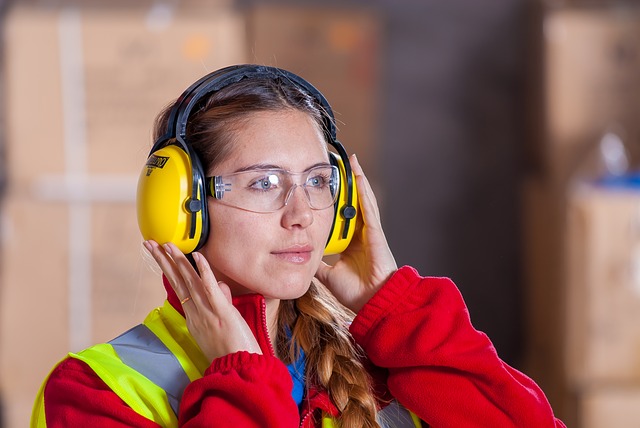
Hearing Protection Explain dangers Many workers are overexposed to noise. In time, overexposure can damage your hearing. Hearing loss prevents you from hearing other hazards on the job. It also causes problems in your personal life. • It interferes with how you hear normal speech. • It prevents you from socializing. • It can cause […]
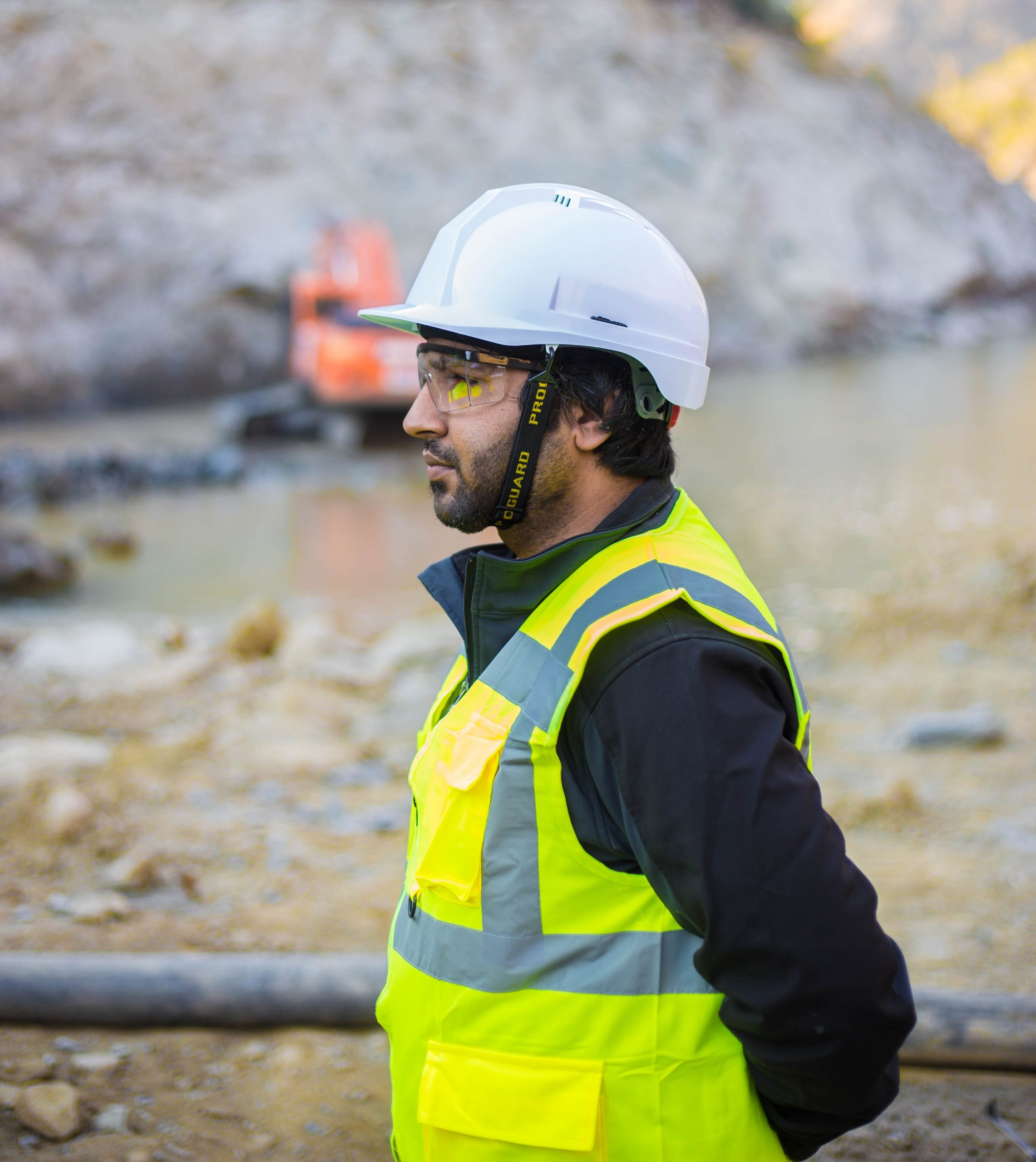
Eye protection Explain dangers We do so many jobs without protecting our eyes. Just think of the eye hazards in our work: Flying dust and grit UV light from welding arcs Sparks and slag from welding and cutting Abrasives from sandblasting Chemical splash Pipe and wire sticking out of walls Ties and wire hanging from […]
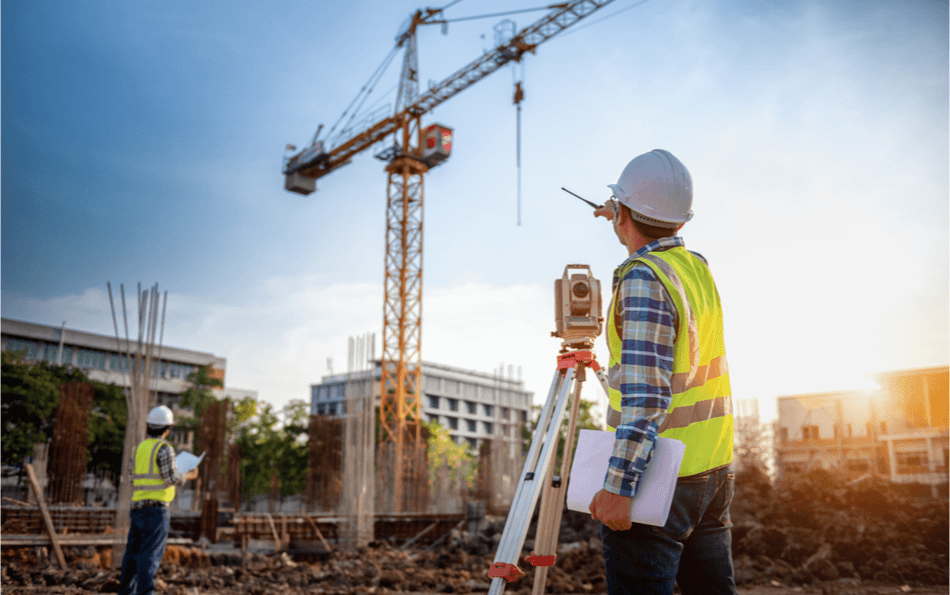

Upon review of leading and lagging indicators, the Toronto District has identified “PPE Requirements” as the trend for March 2020. So. We have all started adjusting to the “new normal”. It’s been a big step, but our sites, workers, and teams have become accustomed with how to perform construction work under the conditions we are […]

What is SkillsPass? SkillsPass™ is an online training certificate system used by the Ministry of Labour (MOL) that keeps all your safety training certificates in one place. To receive a certificate, you have to provide the following information when you complete the course: – First and Last Name – Year of Birth – Mailing Address […]
